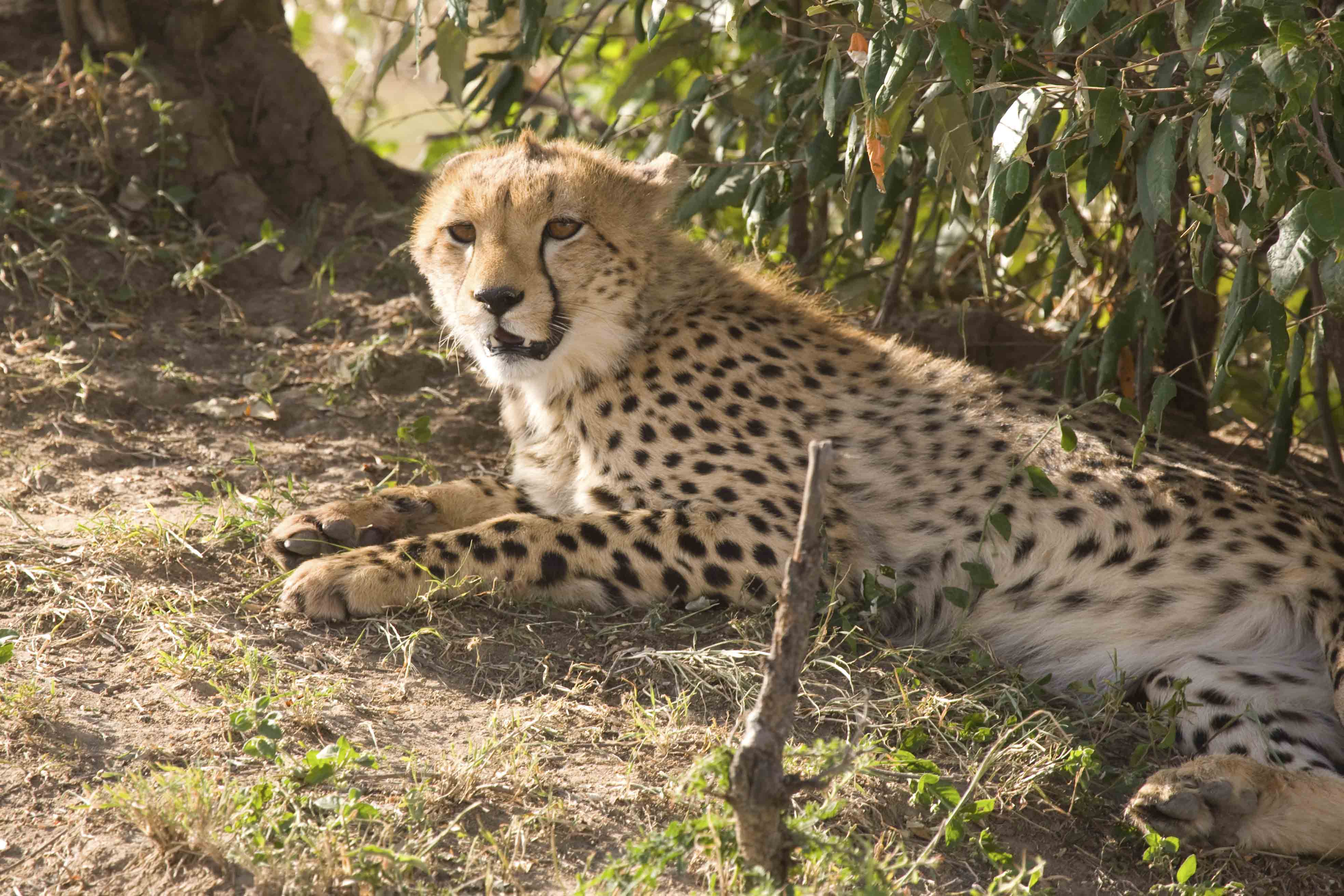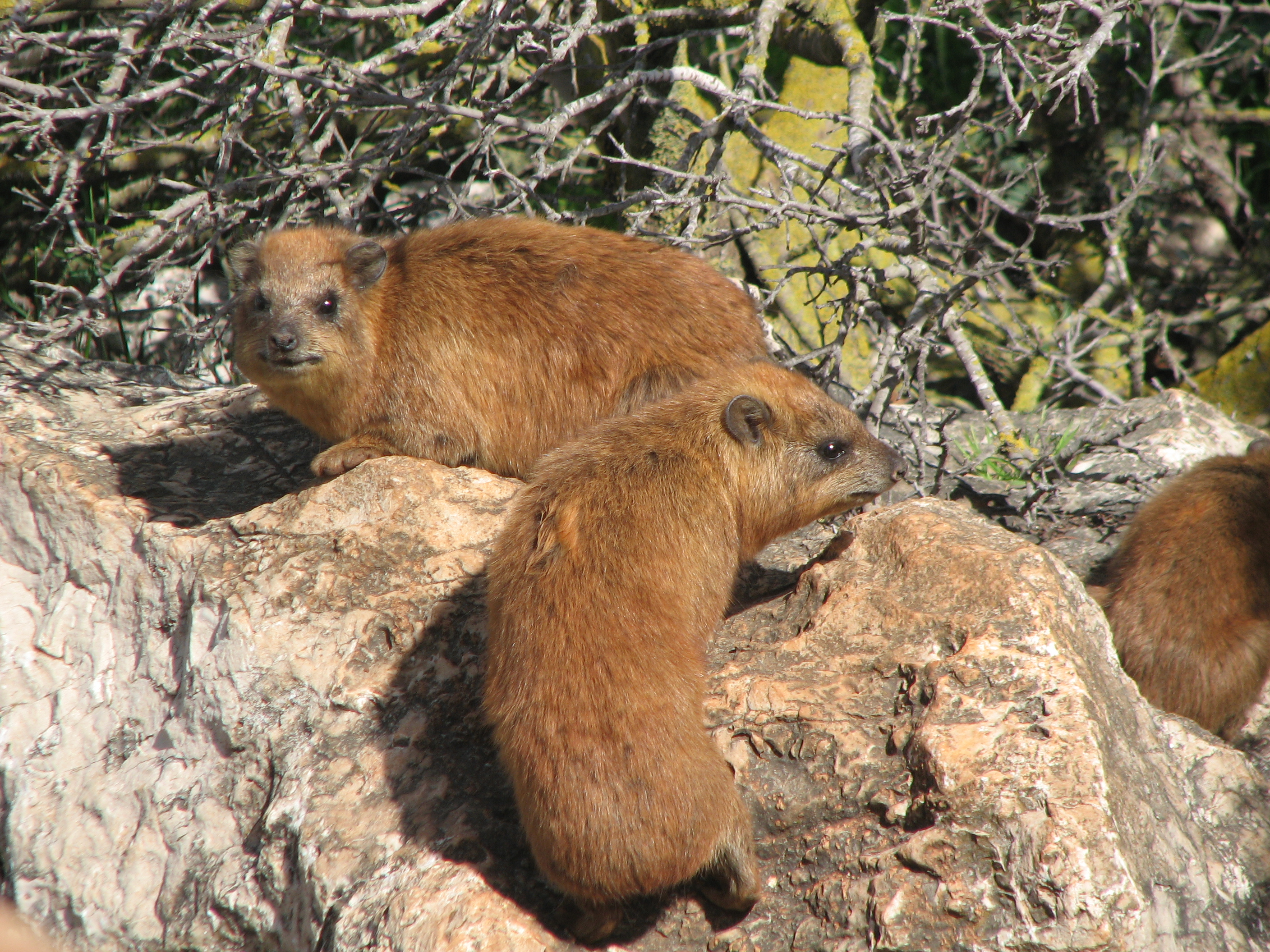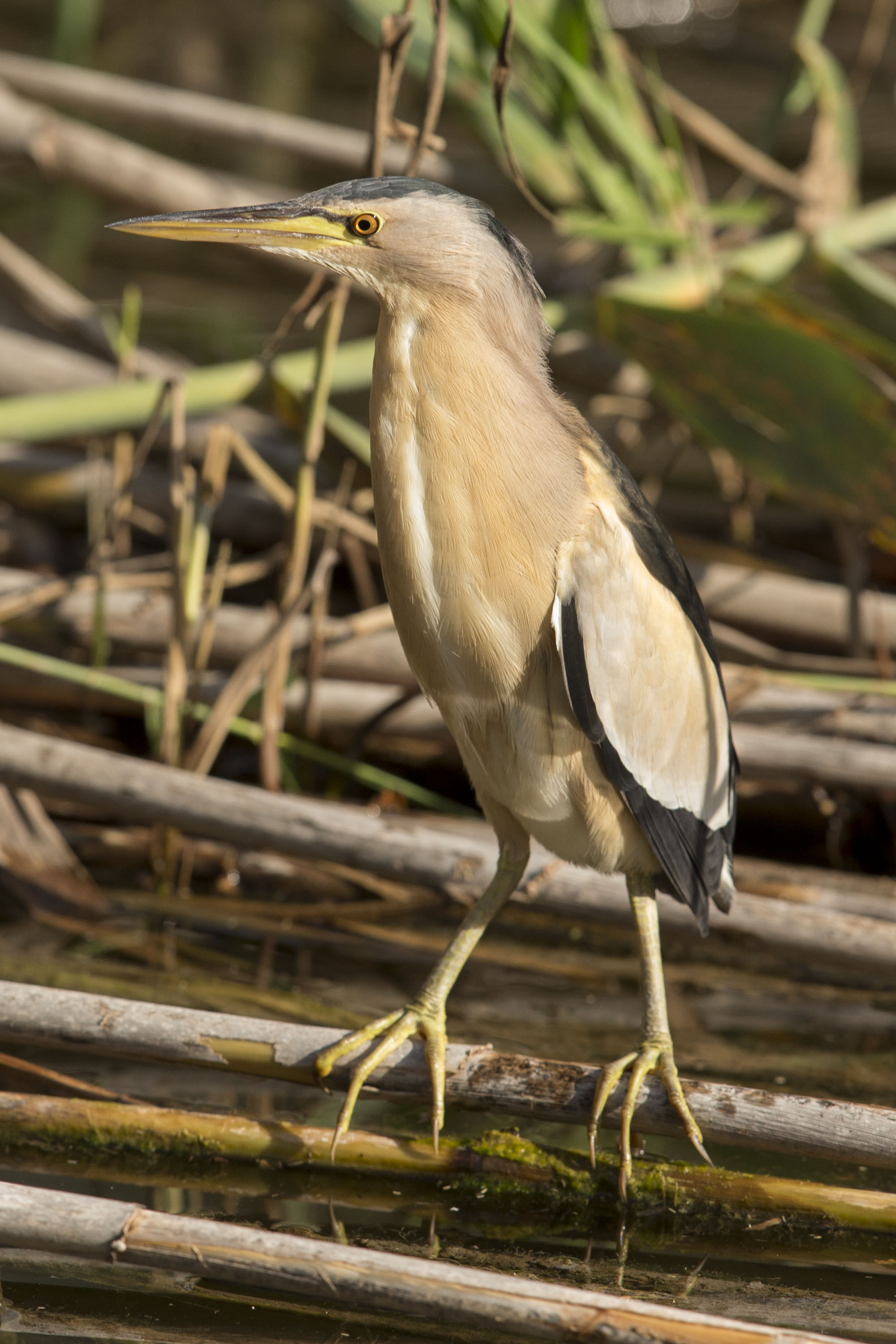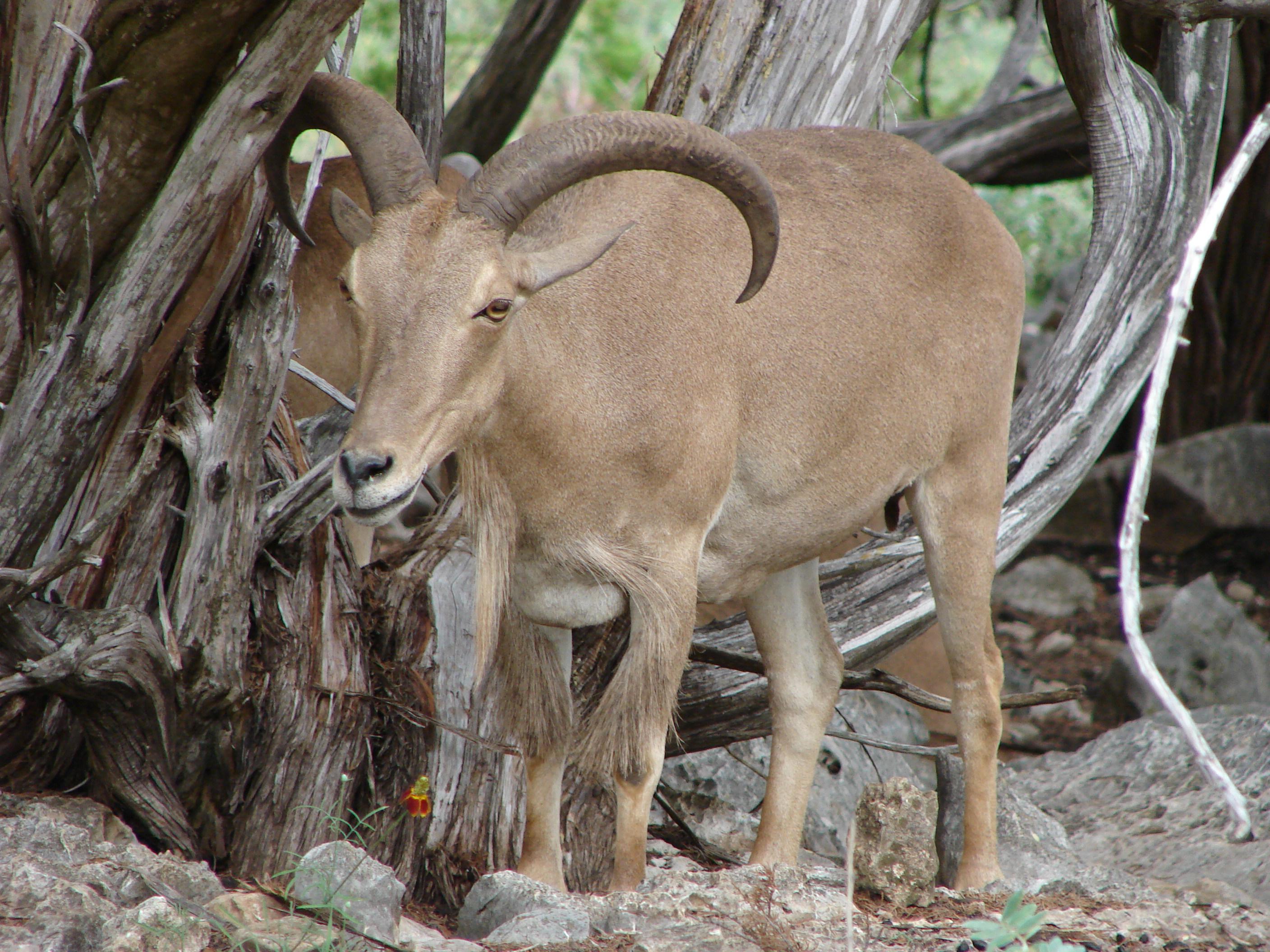West Saharan Montane Xeric Woodlands
The ecoregion’s land area is provided in units of 1,000 hectares. The conservation target is the Global Safety Net (GSN1) area for the given ecoregion. The protection level indicates the percentage of the GSN goal that is currently protected on a scale of 0-10. N/A means data is not available at this time.
Bioregion: Southern Sahara Deserts & Mountain Woodlands (PA25)
Realm: Southern Eurasia
Ecoregion Size (1000 ha):
25,865
Ecoregion ID:
846
Conservation Target:
80%
Protection Level:
5
States: Algeria, Niger, Mali, Mauritania, Libya
Increased altitude, bringing with it moisture, refugia and niches for biodiversity to settle in separates the West Saharan montane xeric woodlands from the rest of the surrounding desert. Volcanic mounds rise up from the rock and sand here; these plateaus are inhabited by notable bird species including herons and raptors, as well as antelope, wild sheep and cheetah.

The flagship species of the West Saharan Montane Xeric Woodlands ecoregion is the Northwest African cheetah. Image credit: G. Macfadyen, Creative Commons
Mountain ranges such as Ahaggar, Tibesti, and Aïr rise up around the West Sahara Desert, notably in the south. This higher altitude brings with it cooler summers and thus more rainfall in the highlands, bringing with it the capacity to host more life than the surrounding desert. The vegetation in this ecoregion is made up of xerophytic shrub and woodland, of which many species are relict Mediterranean; remaining from when the ecoregion was far wetter 5,000 years ago. Bushes sparely punctuate the earth here, and between them stand endemic species to this region including the Saharan myrtle and Saharan cypress. Wetter areas in valleys here can host near-endemic Saharan olive trees, too.

Ficus ingens. Image credit: Creative Commons
The fauna of this region has been substantially diminished by the increasing aridity of the region over the past 5,000 years, with the more recent impacts of human hunting in the last century worsening its effect. Historical populations of various antelope species have been reduced to small numbers of a few species; notably, these include the Dorcas gazelle and barbary sheep. There are also indications of the presence of the critically endangered northwest African, or Saharan, cheetah.
In 2008 a study estimated that fewer than 250 individuals of this subspecies existed; their survival depends upon the supply of herbivorous prey species in the region, including rhim, addax, the Dorcas gazelle, as well as smaller mammals like hares. Remarkably, this species need not drink at all if water is not available: it can obtain its water directly from the blood of the larger prey it eats. It is mostly nocturnal, an adaption to the high daily temperatures in this ecoregion. Birds such as honey buzzards and the purple heron have also been seen within the protected areas of this region.

Rock hyrax. Image credit: Creative Commons
Protection in this ecoregion covers nearly half of the remaining habitat. Protected areas in this ecoregion include the Réserve Nationale naturelle de l'Aïr et du Ténéré in Algeria, and the Réserve Naturelle et Culturelle de Termit-Tintoumma and the Parc Culturel du Tassili in Niger, all three of which host a considerable diversity of plant and animal life including populations of gazelle species and their predators. Hunting pressure on the fauna of this region is significant, though there is a roughly half-and-half split of cultivators and herders amongst local peoples, many still supplementing their diets and income by hunting.

Little bittern. Image credit: Andreas Trepte, Creative Commons
Timber extraction, although the region is only sparsely wooded, has still put some pressure on the plant species as well as animals that would make their home in the vegetation (including desert rodents and birds). Poaching and illegal timber extraction are a threat to local protected areas and are believed to have driven out Algeria’s last population of painted dogs from the region in the 20th century.
Previously, they had lived in the Ahaggar and Aïr mountain ranges. The human population of this ecoregion is estimated to be very low, with fewer than 5 people per km2 outside of cities like Idlès. This means that historical pressures on habitat are no longer present, giving scope for parts of the mountain ranges to recover ecologically.

Barbary sheep. Image credit: Creative Commons
Priority actions for this ecoregion are to: 1) reintroduce painted dogs to mountain ranges and protect their recovery; 2) expand protected areas in each of the main mountain ranges in the region to reach a target of 50% coverage; and 3) work with local people and tourist offices to reduce the impact of hunting on wildlife.
Citations
1. “Parc culturel du Tassili”, Digital Observatory for Protected Areas, European Joint Research Commission, 2018, https://dopa-explorer.jrc.ec.europa.eu/wdpa/12352.
2. “Ahaggar National Park, Saharan Algeria Region, Algeria”, Algeria, Algeria Tourist Office, Accessed 02/05/2019, https://www.algeria.com/attractions/national-parks/ahaggar-national-park/.
3. Busby, G. B. J., Gottelli, D., Durant, S., Wacher, T., Marker, L., Belbachir, F., … Belghoul, M. (2006). A Report from the Sahelo Saharan Interest Group - Parc National de l’Ahaggar Survey, Algeria (March 2005).

.png?auto=compress%2Cformat&w=300)

